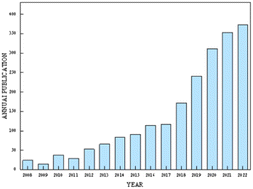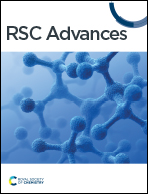Functional electrospun nanofibers: fabrication, properties, and applications in wound-healing process
Abstract
Electrostatic spinning as a technique for producing nanoscale fibers has recently attracted increasing attention due to its simplicity, versatility, and loadability. Nanofibers prepared by electrostatic spinning have been widely studied, especially in biomedical applications, because of their high specific surface area, high porosity, easy size control, and easy surface functionalization. Wound healing is a highly complex and dynamic process that is a crucial step in the body's healing process to recover from tissue injury or other forms of damage. Single-component nanofibers are more or less limited in terms of structural properties and do not fully satisfy various needs of the materials. This review aims to provide an in-depth analysis of the literature on the use of electrostatically spun nanofibers to promote wound healing, to overview the infinite possibilities for researchers to tap into their biomedical applications through functional composite modification of nanofibers for advanced and multifunctional materials, and to propose directions and perspectives for future research.

- This article is part of the themed collection: 2024 Reviews in RSC Advances


 Please wait while we load your content...
Please wait while we load your content...